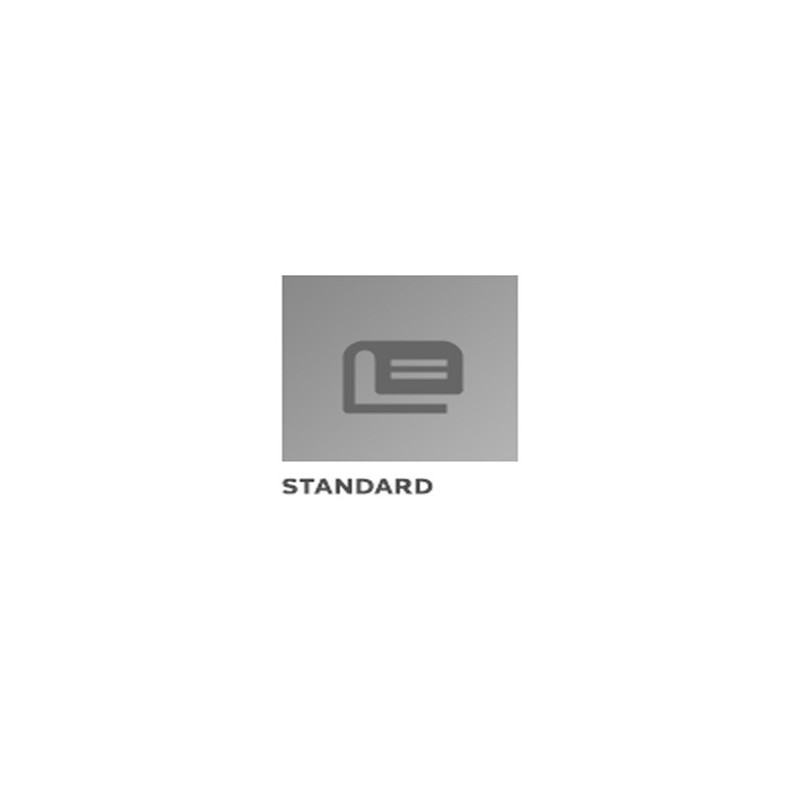Description / Abstract:
a. This document details the technical requirements to be used
in the evaluation of materials and processes developed for use in
stripping organic finishes from fixed wing commercial aircraft.
b. The requirements herein are intended to ensure that the
materials and processes used are not detrimental to the commercial
aircraft when used as specified. These requirements are not
intended to judge performance of the stripping method.
c. These requirements are intended to cover the use of both
single and duplex processes involving mechanical, chemical, or
thermal means, which include the following:
(1) High pressure water blasting (with/without use of chemical
paint softeners)
(2) Dry media blasting (e.g., wheat starch, plastic media blast
(PMB), etc.)
(3) Wet media blasting (e.g., sodium bicarbonate)
(4) Ice-pellet blasting (e.g.,CO2 or water, with/without use of
chemical paint softeners)
(5) Chemical paint stripping (e.g., with/without a dedicated or
strippable layer in the paint system)
(6) Thermal paint stripping (e.g., with/without the use of ice
pellet stripping)
(7) Other processes, may require different or additional
requirements as determined necessary by the user and OEM
d. The requirements are based on the materials and finishes
present on the aircraft at the time of delivery. If the materials,
finishes or the processing are changed subsequent to delivery, the
individual user may require that additional or different tests be
included in any evaluation.
e. The means of compliance with the requirements of this
document will have to be negotiated between the user and the
relevant regulatory authorities.
f. The test methods defined in this document constitute a
recommended means of compliance.
g. The final responsibility for safety, health, environmental
consequences, the selection of a process for stripping and the
number of stripping cycles rests with the user.
h. It is the responsibility of the user to verify that all
testing has been accomplished to the requirements of this
specification. This includes verification of laboratory
capabilities.
i. A formal instruction and training program for material and
equipment operators, to include operator certification, shall be
established and maintained by the user.
j. These requirements are not intended to cover repair
materials. The individual user shall incorporate process control
procedures and inspection to ensure damage to repair materials has
not occurred. Repair material guidelines are located in Annex
K.
k. Evaluation of strip processes may be performed on metallic
and/or composite substrates for use on representative structure as
defined by the user. Process limitations shall be well documented
by the end user.


